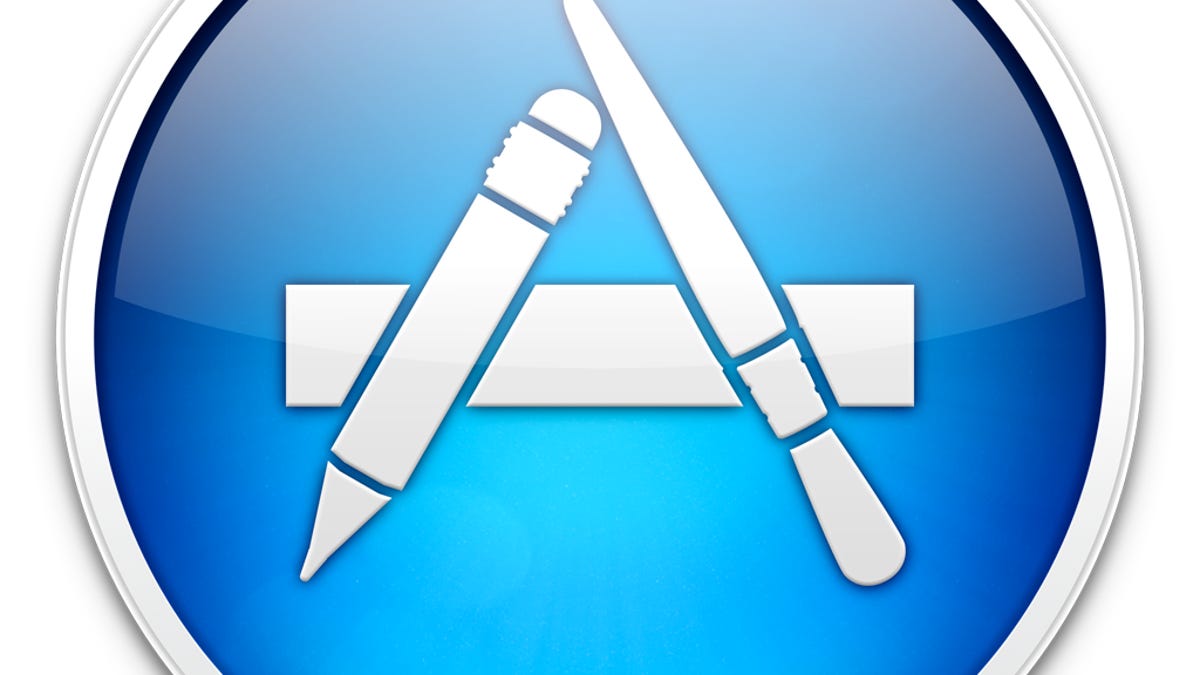Make use of the Mac App Store debug menu
The Mac App Store supports a debug menu that can be used to access hidden features.

The Mac App Store in OS X is Apple's central location for software distribution and updates, and also replaces Software Update as the service for managing OS patches and upgrades. This makes the App Store one of the more commonly used programs in OS X.
While Apple's built-in options in the store should be enough for most people, if needed there are several useful options in the store's hidden Debug menu.
The Debug menu for the App Store is primarily meant to help developers detect and manage problems with the store by providing various logging options and quick access to some resources the store uses.
However, it also provides some maintenance features that can help fix problems you might be having with the App Store.
To activate the Debug menu, open the OS X Terminal utility and run the following command:
defaults write com.apple.appstore ShowDebugMenu -bool true
After running this command, the next time you launch the App Store you will see a new Debug menu in the menu bar, which will contain the following options:
- Enable Debug Menu
This is a convenient way to disable the menu if you have it enabled. While you can also disable it by running the previous Terminal command again with the word "false" at the end, simply unchecking this option in the Debug menu will also hide it upon next launch. - Show Downloads Folder
This option is pretty self-explanatory, and opens the temporary folder used by the App Store for saving installers for purchased programs. This folder has been a debugging point for problems with the App Store in the past, and while you can manually reveal it in the Finder or using the Terminal, having this option in the App Store program is convenient. - Save page source to disk
Similar to Safari's option to save the source code for the current Web page, this option saves the HTML used for the App Store page you are on. This may not be the most useful option, but if needed the page will be saved to a file called pageSource.html in the hidden Macintosh HD/Private/tmp/ directory. You can reveal this directory in the Finder by choosing Go to Folder from the Go menu and entering "/tmp" in the field. - Log XML and headers
These options allow you to save the fetched XML requests from the store, which are loaded whenever you navigate the store. This likely will not be useful to most people. - Debug Logging options
The App Store has various levels of debug logging that can be used, which simply increase the verbosity of the store's logging functions and output more information as the log level is increased. If you are finding the store to be unresponsive or behaving oddly, then you can increase the log level and try your actions again to hopefully capture a cause for the problem in the App Store's log file. This file can be accessed by opening the Console utility and then opening the section called "~/Library/Logs" in the Files section of the sidebar.
The file should be called "appstore.log." The standard debugging levels will log the program's functions such as which URLs it is connecting to and what tasks it is running, but in addition if you are seeing visual or behavioral oddities on various product pages you can enable JavaScript logging to see if any JavaScript-based errors are contributing factors in these problems. - Clear cookies and Reset application
These two may be the most useful options in the Debug menu, which will clear the temporary storage of page settings and also clear all settings and reset the program to its default state. Along with removing files from the downloads folder, you can use these options to clear and reset the program, which may fix odd problems you may be experiencing with installing or managing purchases.
The remaining options include some developer-specific options such as changing the WebKit App Mode and update staging options, but in addition there is the option to hide prerelease software packages (which should be the case by default) and also the option to start scanning for software updates, though this can be done through the Apple menu.
Questions? Comments? Have a fix? Post them below or
e-mail us!
Be sure to check us out on Twitter and the CNET Mac forums.

